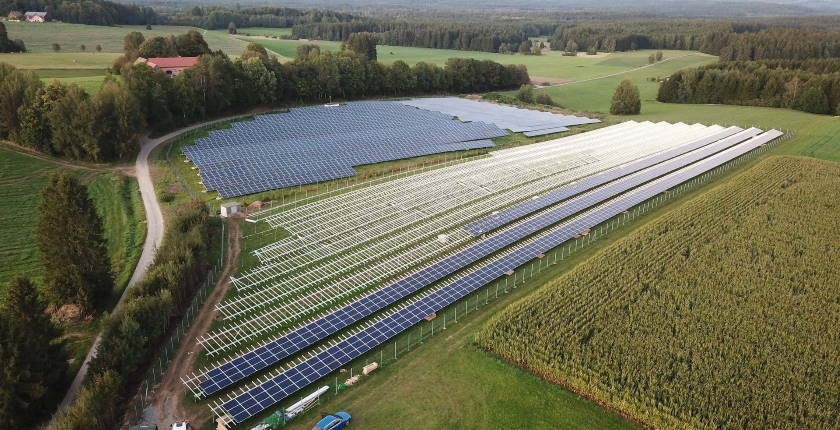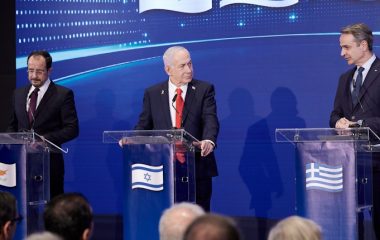
Photo: Samuel Faber from Pixabay
Project developers submitted 1,864 applications, mostly for photovoltaics, as Greece launched an integrated electronic system for renewables and high-efficiency combined heat and power plants. RAE registered a record in combined capacity – 45.5 GW, in spite of a recent cut in state support for green energy.
Investors rushed to obtain renewables project licenses in the December round, according to data released by the Regulatory Authority for Energy (RAE) of Greece. After months of delays in processing, the rollout of a fully electronic system drew a stunning 45.5 GW in applications for producer certificates, of which 79.8% is for solar power.
The number of projects submitted under the simplified procedure came in at 1,864. Both figures reached an all-time high at the RAE even though last month Greece cut incentives for renewables and introduced other measures to plug a substantial deficit in the special ELAPE account for subsidies. The system includes special projects and high-efficiency combined heat and power (CHP) plants.
Regulatory body to continue with digitalization
The new online application system, developed by cosmoONE, includes spatial data and a one-off fee. The introduction of producer certificates and the European Union’s target model for the electricity market significantly reduced the procedure.
Photovoltaics make up 36.3 GW or 79.8% of the overall capacity that developers applied for this month
RAE promised to assess all applications as soon as possible and noted that it intends to launch an electronic register and create a single digital environment for all green energy projects.
Most of the applications in the December round, 1,286, were for photovoltaics, with an overall capacity of 36.3 GW. Wind power plants account for 8.7 GW, in 423 projects. The rest is for high-efficiency cogeneration – 35 applications with 192 MW in total, and biomass, hydropower and hybrid renewable endeavors, with just above 100 MW per category.
Many moving parts remain
However, Energypress pointed out a small share of the projects would be implemented and that applying for a producer certificate doesn’t imply large commitments, as major decisions are taken at a later stage. Since the introduction earlier this year, RAE issued the document for projects with a total capacity of 23 GW.
The media outlet noted the construction of power plants in the renewables sector depends on the structure and results of upcoming auctions, the expansion of storage, power networks and cross-border capacity. One other factor is how the target model would affect the electricity market, with regard to the trend of establishing bilateral contracts between producers and suppliers.
Renewables thrive in Greece, from PPC to household solar power installations
Greece has lately experienced an explosion in projects for renewables, attributed mostly to the rapid decline in prices of equipment for solar and wind power plants, competition at auctions for the sale of output from planned facilities and the simplification of the licensing procedure.
The coal phaseout includes assistance for affected workers and regions
The government in Athens and state-owned Public Power Corp. (PPC) led the way a year ago with the decision to accelerate the shutdown of coal-fired power plants and replace them mostly with photovoltaics. Major efforts are underway to help the workers in the obsolete industry to find other sources of income. Furthermore, programs are being set up to transform the regions affected by the coal phaseout.
Greece has also enabled the establishment of energy cooperatives. Municipalities and local institutions are installing photovoltaic units to reduce power costs and assist vulnerable groups, while households and even monasteries are joining forces to build solar power plants. Before the latest reforms, the country already had one of the highest rates of photovoltaic and solar thermal capacity per capita in Europe.
Just this month, four green power projects of 2.8 GW in total obtained the status of strategic investments. A groundbreaking sustainable energy and mobility project started in November in Astypalaia island in cooperation with Volkswagen.


















Be the first one to comment on this article.